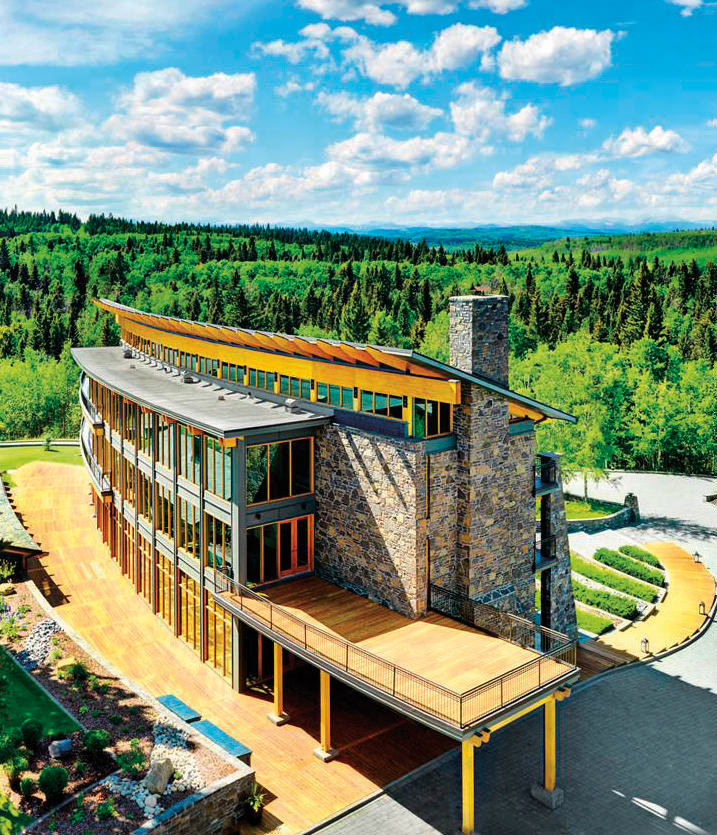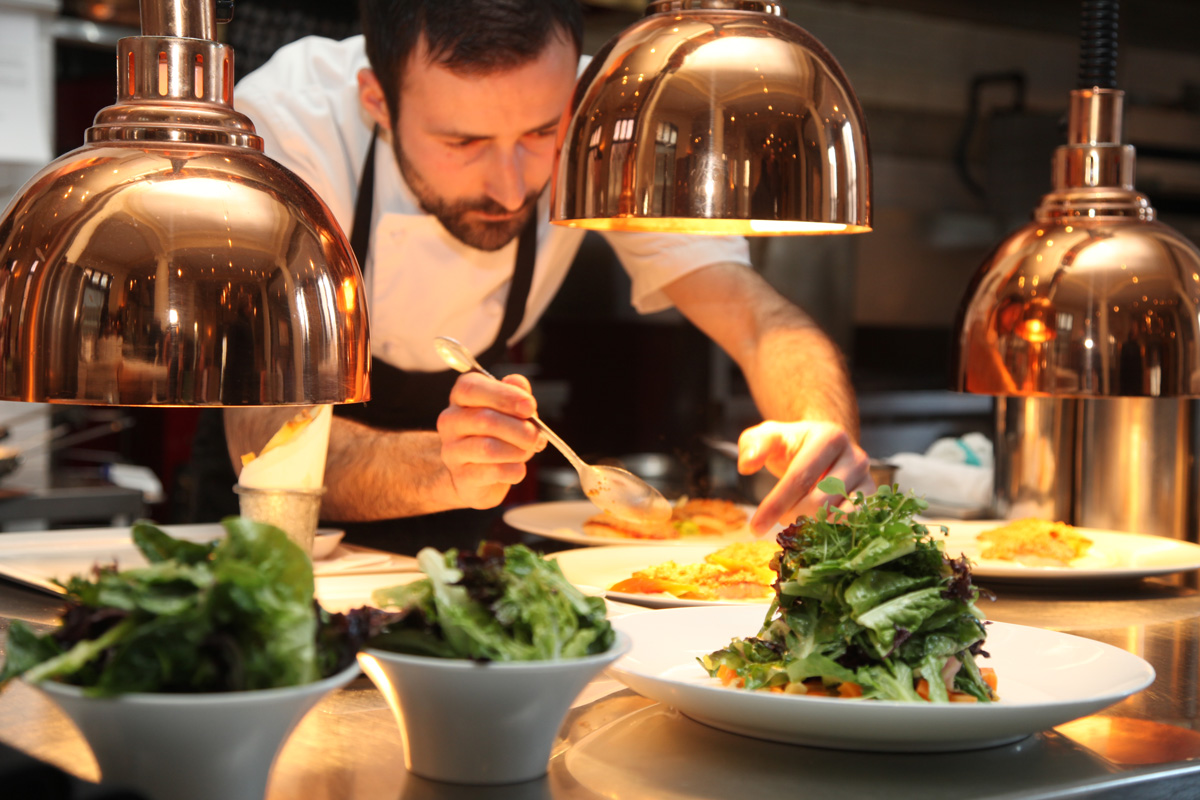Beyond the Rodeo: Elbow River Camp and the Stampede Powwow
During the Calgary Stampede, Treaty 7 families live onsite at Elbow River Camp, while the Saddledome hosts one of Canada’s largest powwows.
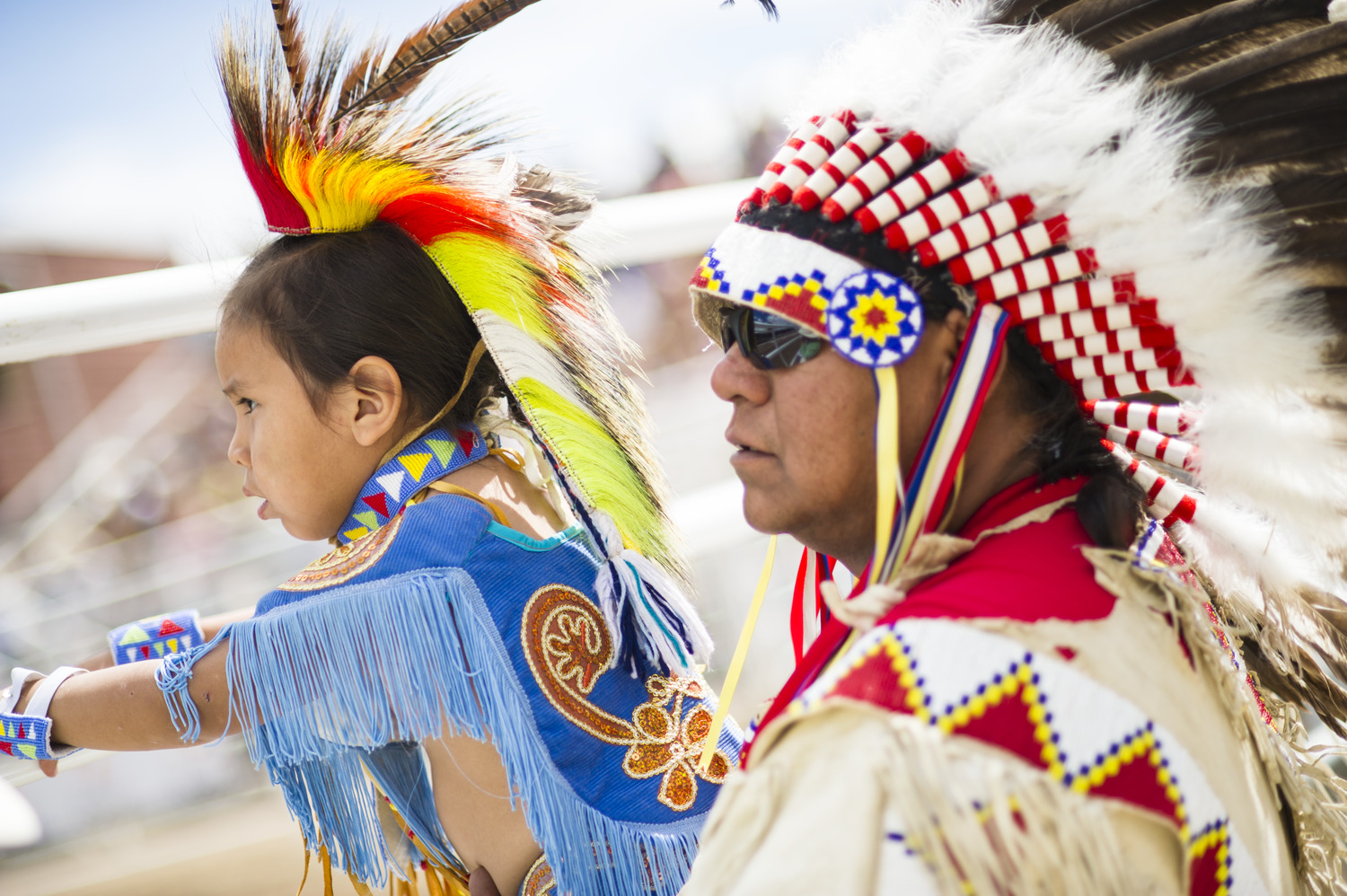
The name Guy Weadick is synonymous with the Calgary Stampede. Captivated by the cowboy lifestyle at an early age, Weadick gained the financial backing of A.E. Cross, Patrick Burns, George Lane, and Archibald K. McLean (known as the “Big Four”) to put on the “greatest thing of its kind in the world.” In September 1912, the Calgary Stampede made its grand debut.
Celebrating its 110th anniversary this year, the Greatest Outdoor Show on Earth celebrates Western heritage, culture, and community spirit, including that of local Indigenous groups.
The Elbow River Camp Story
In 2018, another name long associated with the Calgary Stampede was changed. The area known as Indian Village was renamed Elbow River Camp, reflecting the shape of the meeting point of the Elbow and Bow Rivers. “In our language Moh-kíns-tsis literally means elbow,” says Gaylene Weasel Child, a member of the Siksika Nation and interpreter at Elbow River Camp. “We’ve always called this Moh-kíns-tsis, or if you are lazy, you just pointed your elbow and they knew that you’re going to Calgary.”
Hundreds of years ago, this was an encampment area where trading took place. “We were very fortunate when we were able to come here in 1912 thanks to Guy Weadick,” Weasel Child says. “It was the only place where we could practise our way of life, because it was illegal.”
Now she welcomes visitors to the traditional Blackfoot territory and to the Treaty 7 area in Elbow River Camp. Guests are invited to experience the cultures of Kainai, Piikani, Siksika, Tsuut’ina, and the Stoney Nakota First Nations of Treaty 7. There are 26 tipis to visit, local artisans, bannock, and traditional dancing.
“This is a family,” Weasel Child explains. “This is our Stampede family. We look out for each other, and we have built relationships with tipi holders and the Calgary Stampede.”

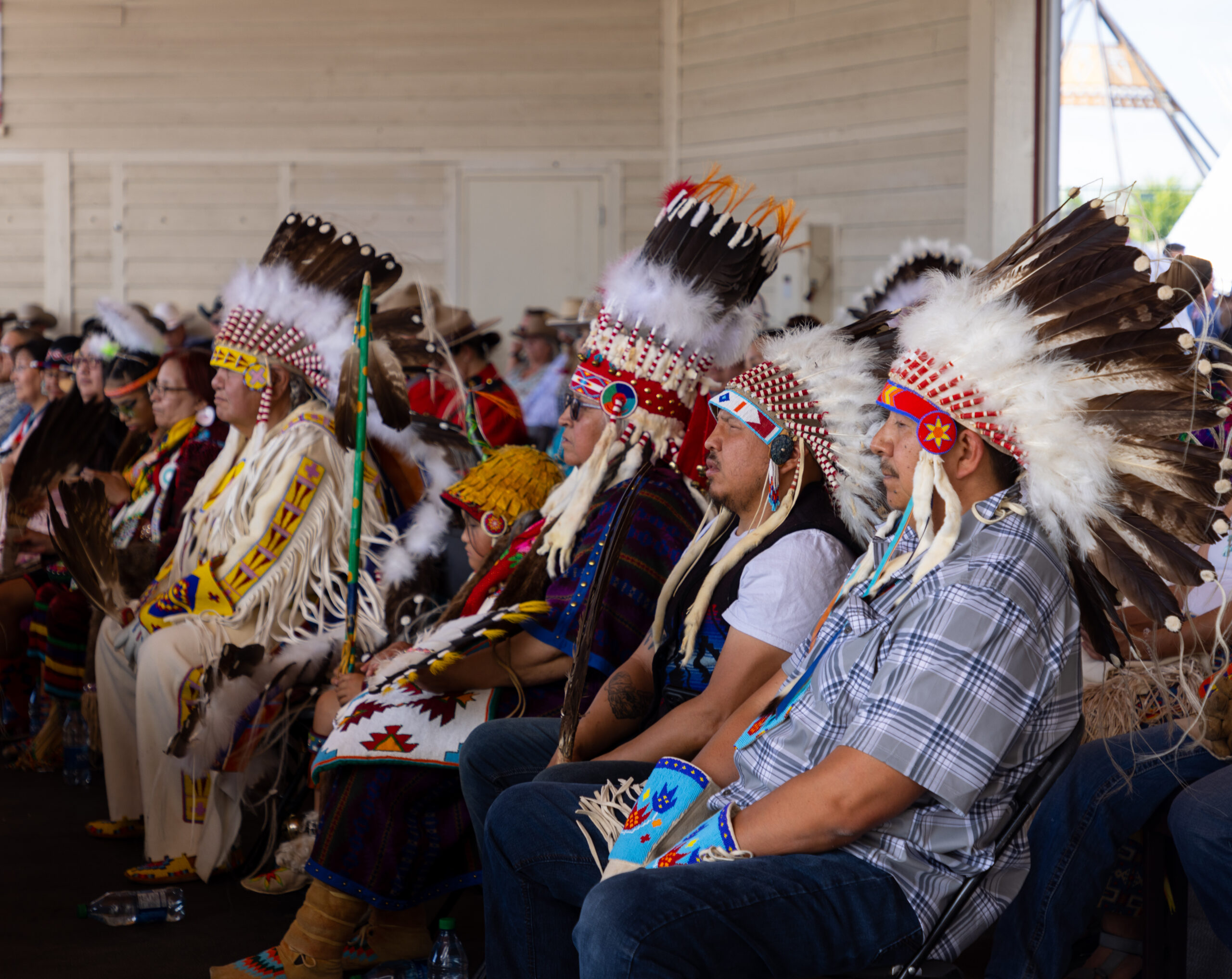
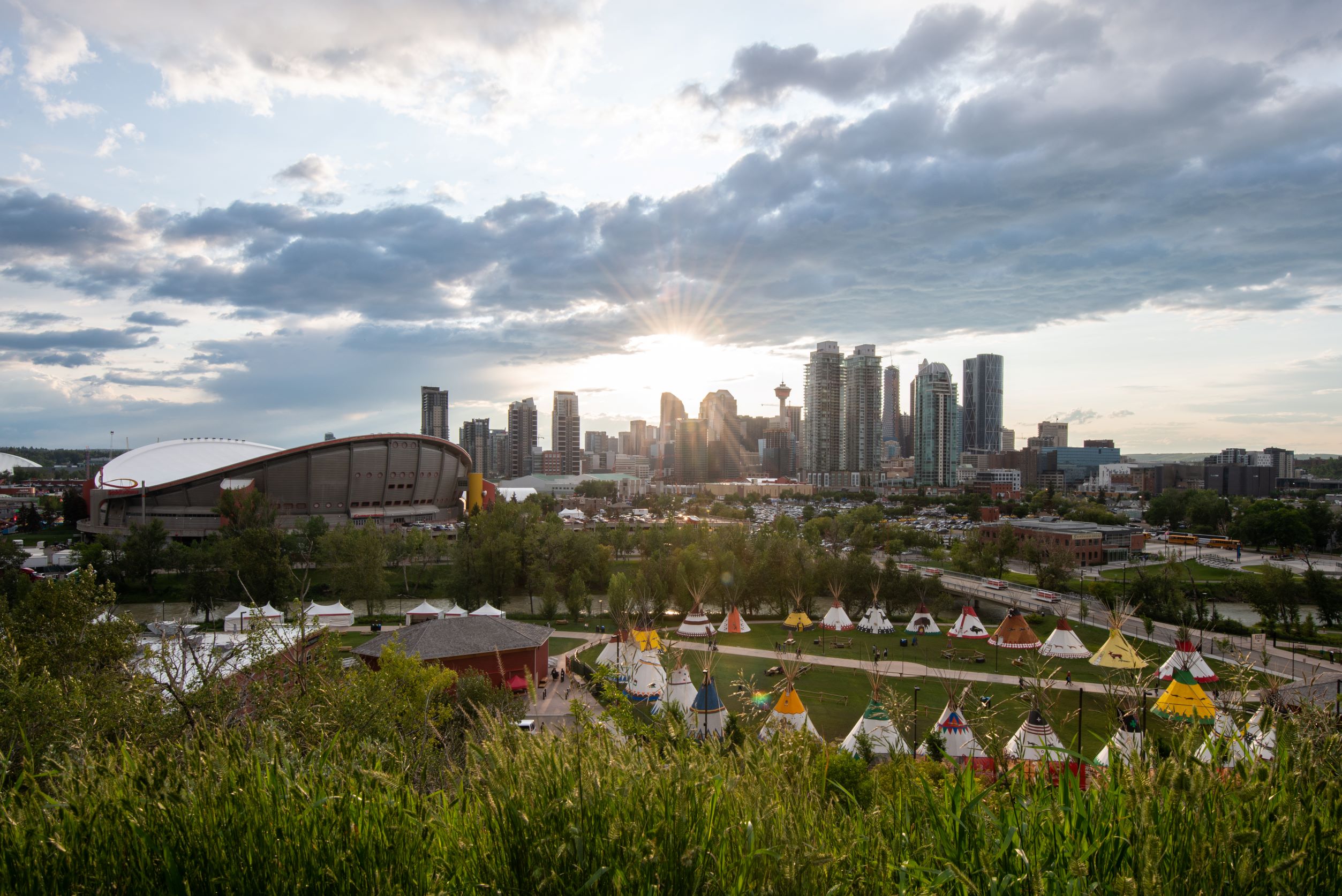
A Celebration of Cultures, a Gathering of Community
The Calgary Stampede Powwow is one of Canada’s largest, taking place over three days in the Saddledome. It features competitive dancing, drumming, singing, and a showcase of other Indigenous arts with performers from across North America.
The powwow dances include the Women’s Jingle, in which dancers wear hundreds of bells that tinkle as they move, as well as the Men’s Chicken, where competitors mimic the mating dance of the prairie chicken, using staccato footwork and flamboyant movements.
Patrick Mitsuing of the Powwow Times says it has long been a dream to reach such a large audience. Through traumas and residential schools, many people lost their connection with their culture, but events like the Stampede Powwow enable them to share the tradition of powwow and help reconnect Indigenous peoples to their own culture, while also sharing it with non-Indigenous peoples,” he says. “When we were looking at the history of the Calgary Stampede, we recognized that the Stampede has always made space to honour Indigenous peoples, and it’s been an incredible opportunity to work with the organization and bring this historic event to the Greatest Outdoor Show on Earth.”
Images courtesy of Calgary Stampede.

